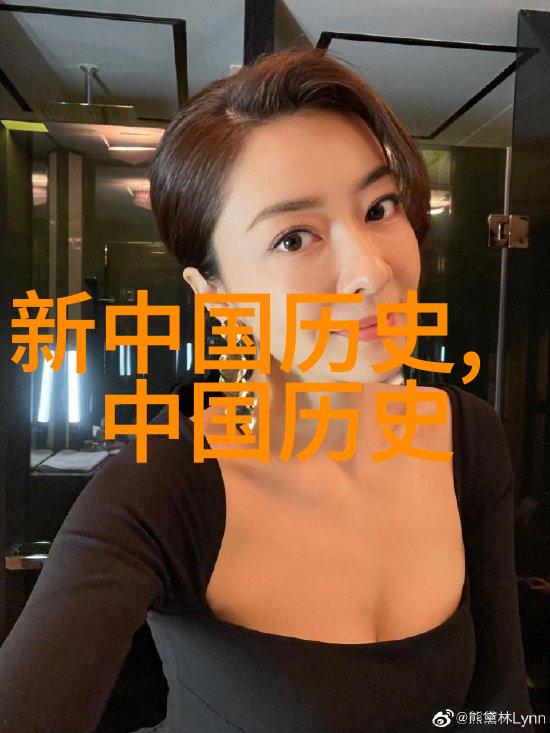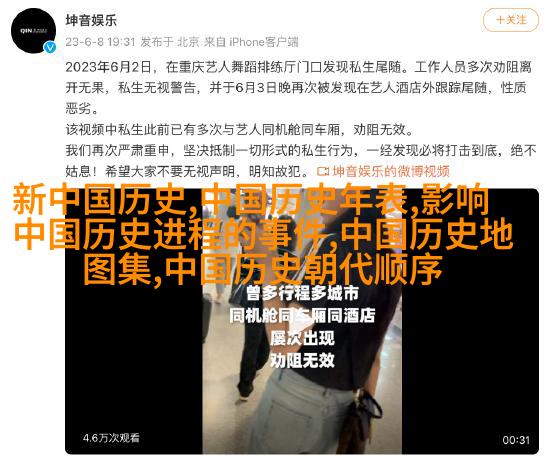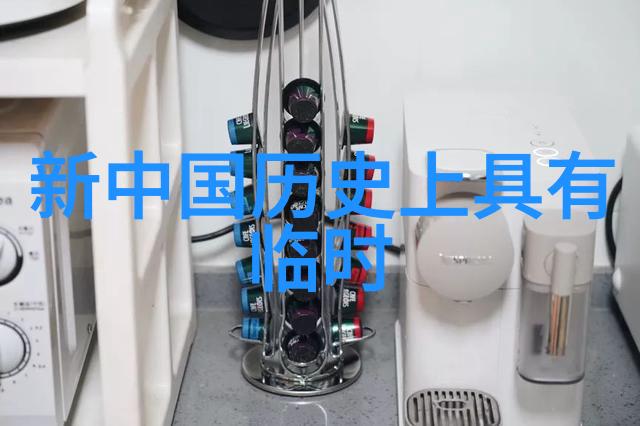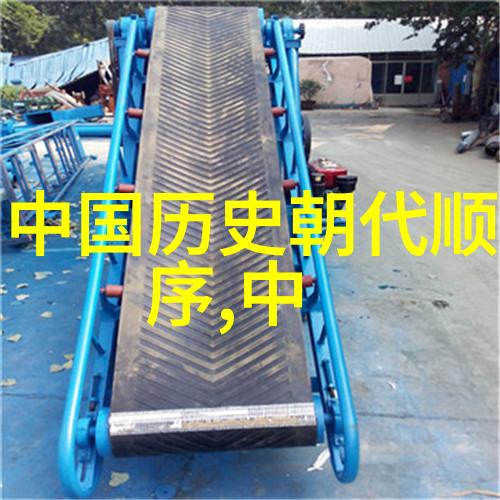血气方刚,这个成语常被误解,认为它是形容年轻人精力旺盛的词汇,但实际上,它出自《论语·季氏》,孔子说:“君子有三戒:少之时,血气未定,戒之在色;及其壮也,血气方刚,戒之在斗;及其老也,血气既衰,戒之在得。”很明显,“血气方刚”指的是壮年人,而不是青年人。

朱熹在《论语集注》中解释“血”和“气”,它们是并列的物质。孔子的这句话中的“方”,不可能是“正”或“开始”的意思,而应该是“并”或“一起”的意思,因为这里的时间概念并不适用,而是一个范围的概念。“血气方刚”的意思是说,在壮年的阶段,全身的力量都达到了顶峰。
清代学者吴昌龄曾经提到过这个问题,他指出,《论语》中的这句话应当理解为两种力量同时强大。在古文中,“方”有时候表示并列,如《资治通鉴》里记载黄盖的话:“操军方连船舰”,这里面的“方”就是用来表示并排、并联的意义。

杨树达先生则提出一个更深入的分析,他认为古音与现代汉字义项相对应,并举例说明了这一点。然而,由于人们对于古文义项的一知半解,对于这个成语依然存在误解,以至于现在的人们普遍将其视作专属于青年人的词汇。
其实,“blood and energy in full vigor" should be used to describe the strength of a middle-aged man, not a young person. The misconception arises from the misunderstanding of the character "fang" which originally means "together" or "in parallel". It is time for us to reevaluate our understanding of this ancient Chinese idiom and give it back its original meaning.

This article aims to provide a comprehensive explanation on how we can apply this idiom in various aspects of life, including history, literature and daily conversation. By understanding the true meaning behind these words, we can enrich our vocabulary with more depth and nuance.
In conclusion, blood and energy in full vigor is an idiomatic expression that reflects the physical strength and vitality that comes with age. It's time to revisit this phrase with a new perspective and appreciate its beauty as well as its historical significance.




